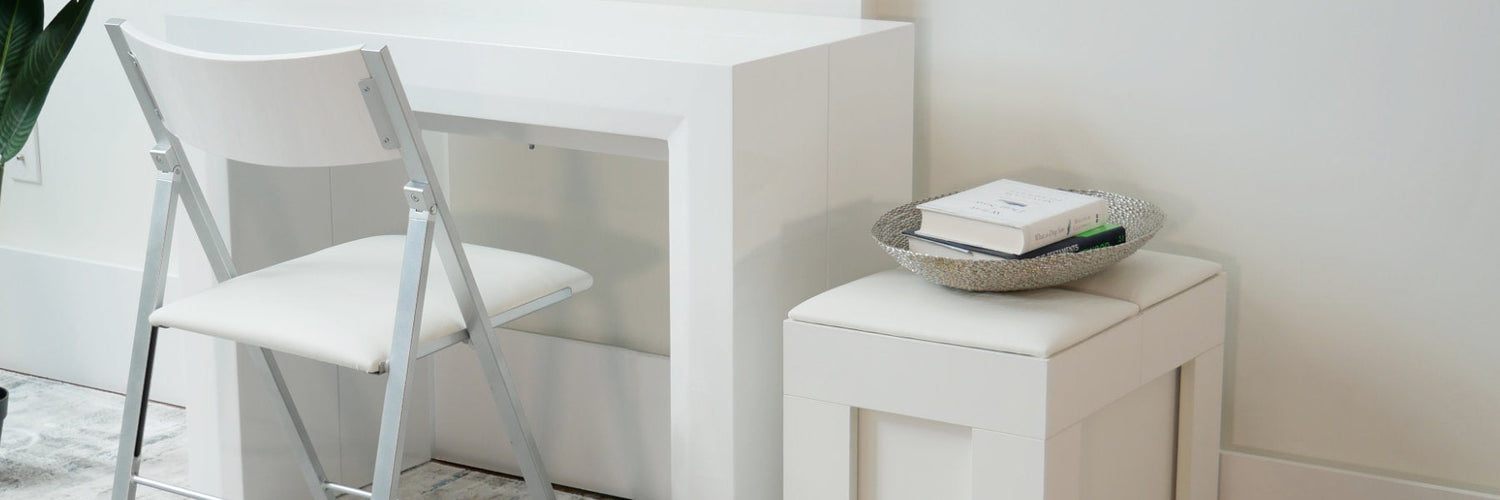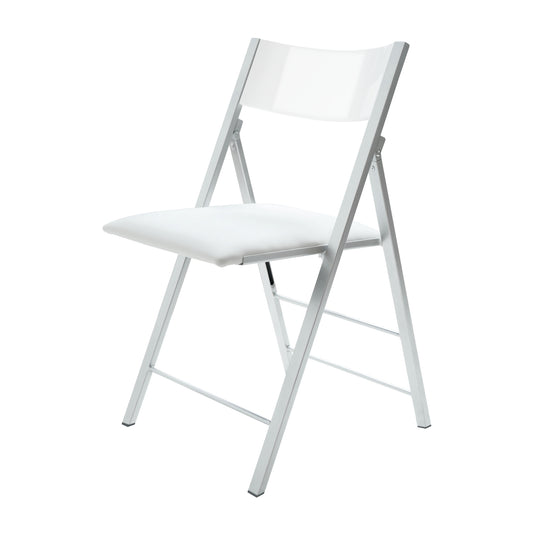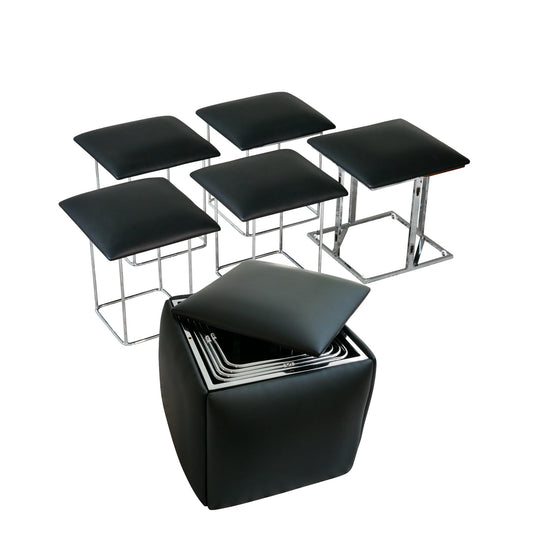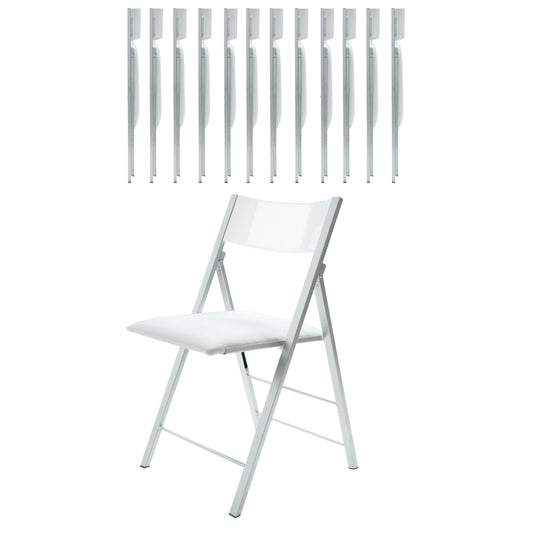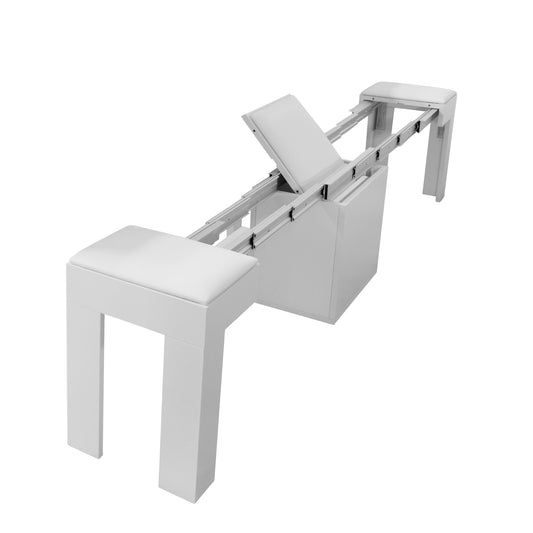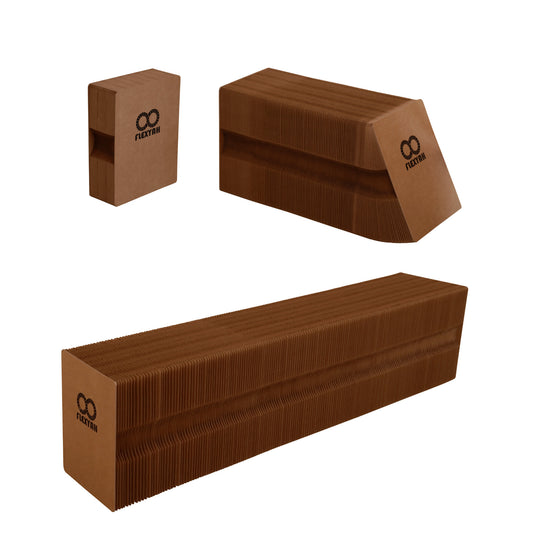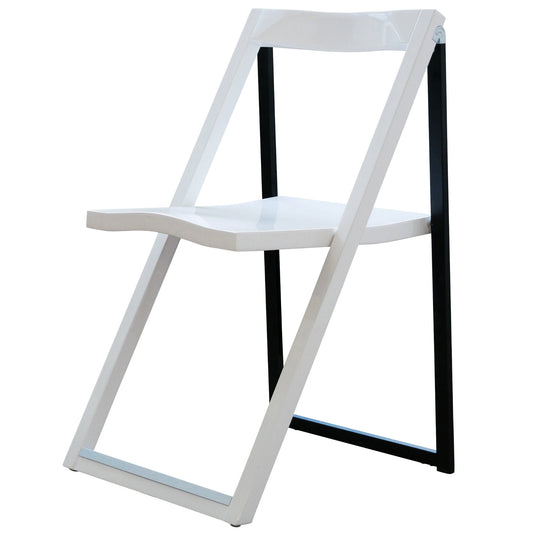Lines are an interior design concept where the designer uses vertical, diagonal, horizontal, or curved lines to capture the attention of someone’s eyes and bring them from one point in a room to another. Lines can also be used to draw in attention, cause excitement and build energy, as well as a calm and serene atmosphere.
By knowing how to use lines to create the right atmosphere and flow, an interior designer can influence the mood or feel of a room in your home by having it feel complete, larger, or smaller, and lines can be used to encourage people to move from one room to another or focus on specific art in larger spaces like a museum or a hotel.
Lines for interior design can be created using:
- Flooring like floor boards, marble, and patterns in concrete or resin.
- Furniture that stretches tall like Victorian cabinets or long like a low backed four and five person couch.
- The patterns of paint or wallpaper on a wall.
- Crown molding used as decor elements.
- Carpets and area rugs that have patterns, shapes, or lines.
- Large pieces of art on a wall with clearly defined lines that bring your eyes across the space.
- Anything else that draws in your eyes to a specific line and has the line move your eyes to another spot in the room or space in the building.
Mastering lines in interior design is one of the easiest concepts to learn and they come in handy when you’re ready to refresh a room in your home. They can be colors that pop out or contrast in a large area rug, long or tall furniture, floor boards or molding on the walls, and anything else that grabs the eyes and creates movement. It starts with knowing what each type of line is used for.
The Impact of the 4 Line Types in Interior Design
The four types of lines in interior design create a different effect on a room.
- Curved - softens a room and makes it feel soothing, safe, and relaxing. A room’s shape with curved vs. rigid square or rectangular shapes have the same effect.
- Diagonal - creates energy and movement as the lines are uneven with the walls, floor, or ceiling, and your eyes follow them. Artists will use diagonal lines to create a feeling of tension to create movement and interior designers use them to create angles and lines that lead from one point to another. Diagonal lines can also include a zig zag pattern.
- Vertical - keeps your eyes moving upwards and downwards instead of focusing on left and right which helps make a room feel taller. Some studies like this one have shown that the density or the thickness and patterns of the lines can do the same, and possibly have a greater effect.
- Horizontal - can help to make a room feel wider as your eyes focus on left to right vs. looking up to the ceiling creating the feeling of more room. You can learn about horizontal lines making a room feel wider here.
Here’s a few examples of floorboards and stripes on your walls to help inspire you for your own home. If you prefer to have solid colors or prefer carpeting, play with the lines in an area rug or look into furniture with defined sides, or large pieces of art with strong lines that can create the same effects.
Using the Lines in Floorboards to Create Flow
In the first image below the floor boards draw your eyes from where you’re standing to the kitchen. In the second image the floor boards in the living room keep eyes going to the right as they start from the couch, so your eyes move from left to right which is likely where a TV, fireplace, or a focal point may be.
In the third image, all floor boards face left to right. Instead of your eyes going to the kitchen, they focus on the width of the space, not the length.
Image 1: Long vertical lines bring eyes from one room to another.

Image 2: Two different directions cause eyes to go from one room to the other (the kitchen to the living room), and then from one side of the next room to the other. The lines in the floor boards change the direction of movement and flow by room.

Image 3: The lines in the floorboards here stop your eyes from going room to room and instead keep them looking at the width of the specific room as they do not stretch or bring your eyes across a threshold or doorway.

The Lines on Your Walls to Create a Visual Effect
You can use the lines on your walls to have a similar impact on the way a room looks or feels. Vertical lines will bring your eyes up and down helping to make a room with a shorter ceiling feel taller. Horizontal lines can make the width feel wider, and diagonal or zig zag lines can add a chaotic energy. Curvy or wavy lines add a feeling of calmness, comfort, and serenity for the room.
Image 1: Vertical stripes on the walls keep your eyes going up and down so you focus on the height of the room. The vertical lines help the room feel taller and less confined.

Image 2: The horizontal stripes on the walls bring your eyes from left to right or vice versa making the room feel wider vs. more narrow.

Image 3a and 3b: The zig zag and diagonal lines on the walls are unbalanced and unexpected. This helps them create a feeling of energy due to the imbalance. They also help your eyes focus on more natural feeling lines like the horizontal ones in the couch.
This helps create a focal point with the furniture rather than having your eyes drift to the walls, ceiling, and floor. This makes the zig zag and diagonal patterns better for rooms where you want to have a conversation or people engaging with each other rather than only relax.


Image 4: The curved lines on the walls create a feeling of calmness and flow to help make the room feel comfortable and the people in it at ease. Your eyes follow the wavy pattern rather than flow up and down or left and right which to some people may make a room feel smaller.

Lines are an interior designer's best friend and one of the easiest ways to create movement and atmosphere. When used correctly, lines can bring eyes and attention from one room to another creating flow, make rooms feel taller or wider, and create an exciting and energetic feeling, or a place of calm serenity where you can relax.
